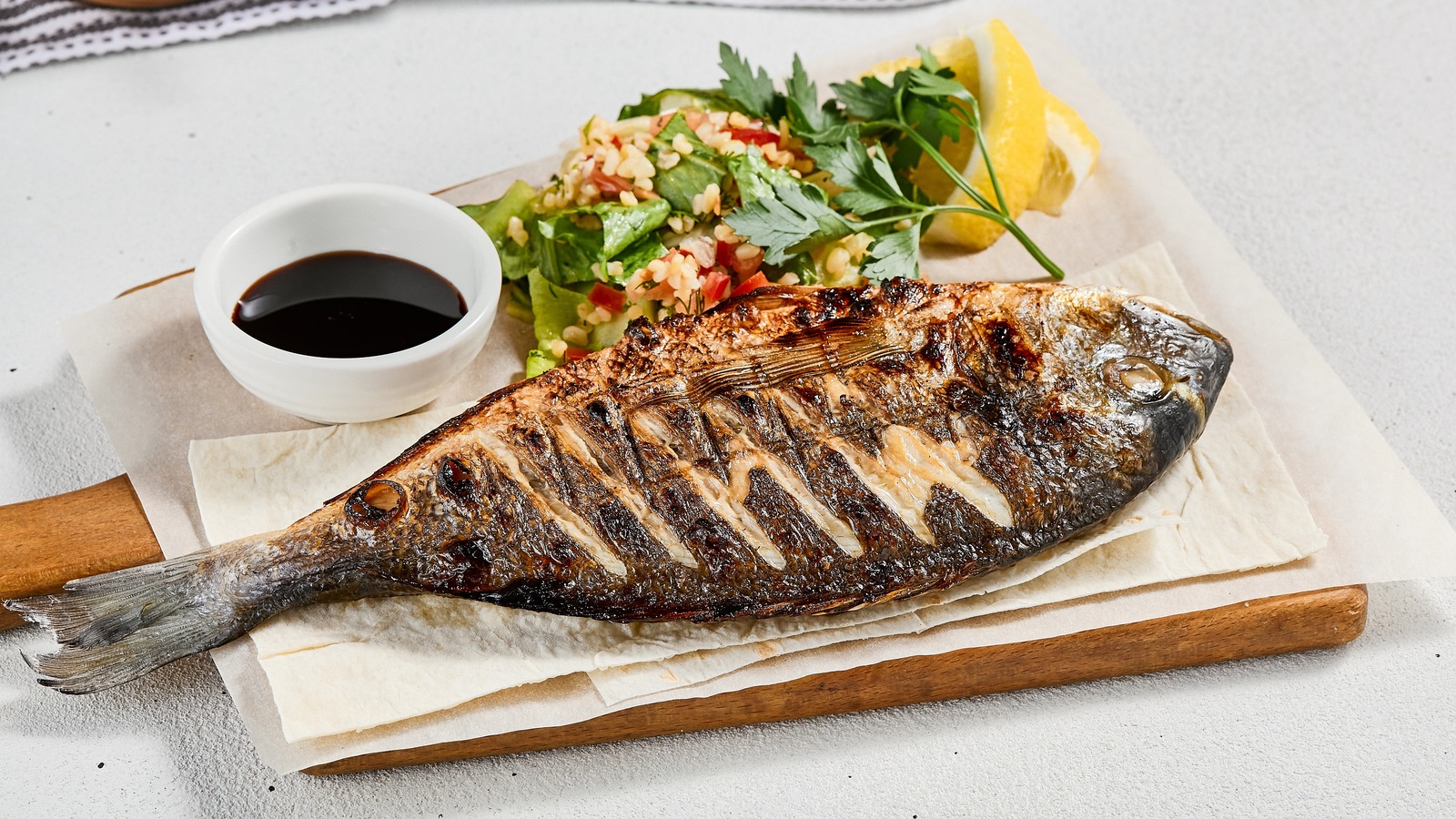From cleaner eating to reducing waste, putting more manual work into your meals can have a manifold effect. Buying and preparing a whole fish is one way to reap these benefits while contributing to the nose-to-tail movement, which encourages cooks to use as many parts of an animal as possible. The next time seafood is on the menu, ask your fishmonger for the whole fish.
You can ask for them to remove the entrails, scales, and fins, though these parts are still useful. From there, the entire fish is at your disposal, allowing you to discover more flavors and textures. Using an entire fish reduces waste because it uses parts of a fish that would otherwise be thrown away.
It also optimizes the price per pound compared to buying just a filet. There are two main ways to use a whole fish: cooking it as is or separating it into individual parts. Cooking a fish whole is an easy way to avoid the hassle of fileting it yourself.
When a fish is cooked whole, it remains a sturdy structure, easing the cooking and eating process. Additionally, the bones and skin ensure maximum flavor and juiciness, as these parts keep moisture from evaporating from the meat. How to highlight different parts of a fish While cooking whole is a simple way to use the entire fish, separating it into portions will highlight the different qualities of each part of the fish.
There are numerous ways to maximize the freshness and flavor of a fish (such as ), but using a whole fish is perhaps the best. If the flavors .


















